DJI Mavic Mini vs DJI Mini 2: Unveiling the Video Power of The Mini's
By Elisabeth Christ
Published April 2024

As drone technology advances, the focus on smaller, more portable drones that do not compromise on functionality has intensified. The DJI Mavic Mini and the DJI Mini 2 stand out as frontrunners in this category, each appealing to a spectrum of drone enthusiasts—from beginners to seasoned pilots. Despite their similarities in appearance and foundational features, these drones have distinct differences in capabilities, camera technology, and connectivity that cater to diverse user needs and preferences. This comparison will dissect these models under various categories to elucidate which drone might suit different types of drone users, from casual flyers to content creators seeking high-quality footage.
Key Takeaways
The DJI Mini 2 stands out as a superior upgrade to the Mavic Mini, offering enhanced video transmission, better camera capabilities, and additional flight modes. While both drones cater to the portability market, the Mini 2 extends its appeal to more serious drone enthusiasts with features that support higher-quality content creation.
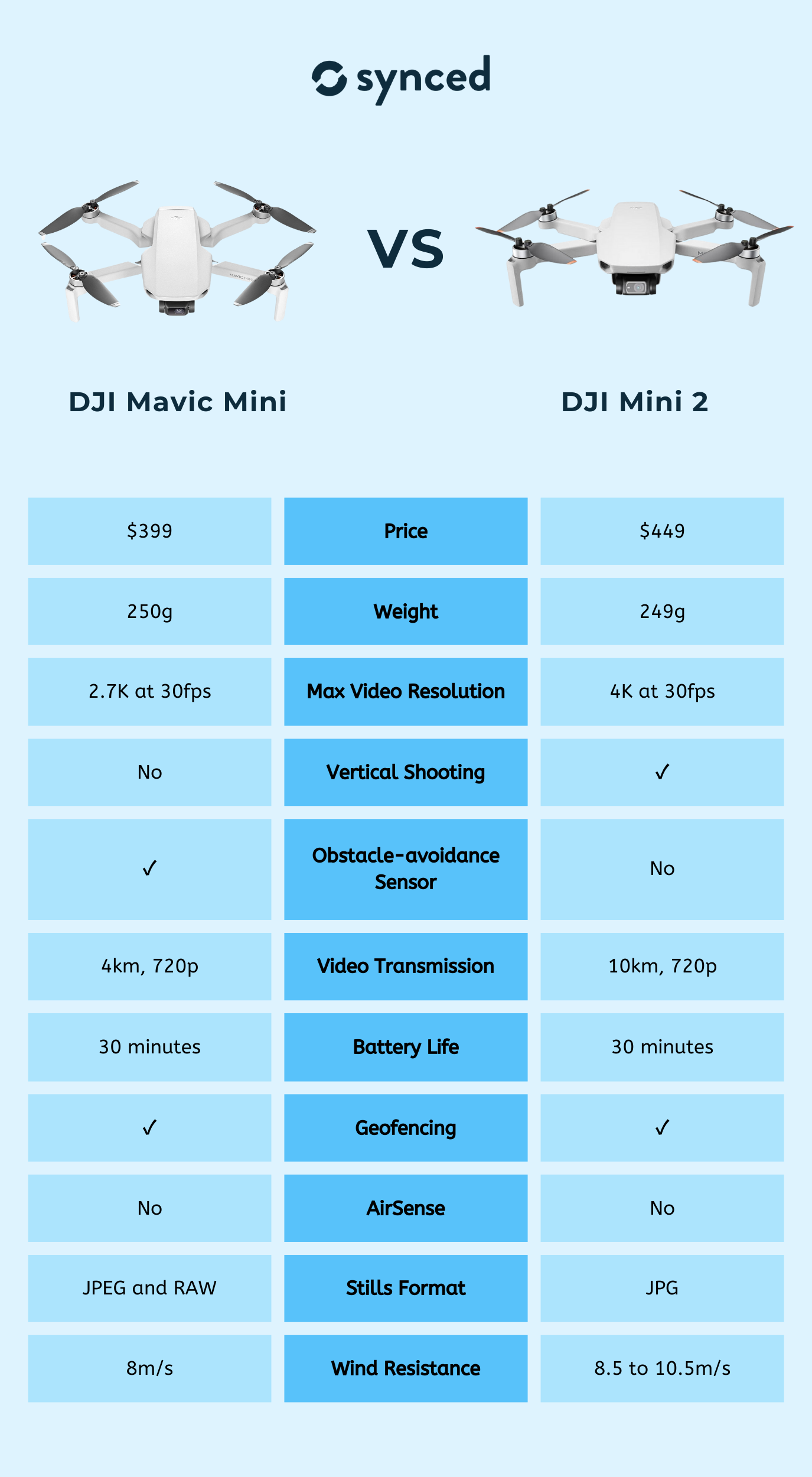
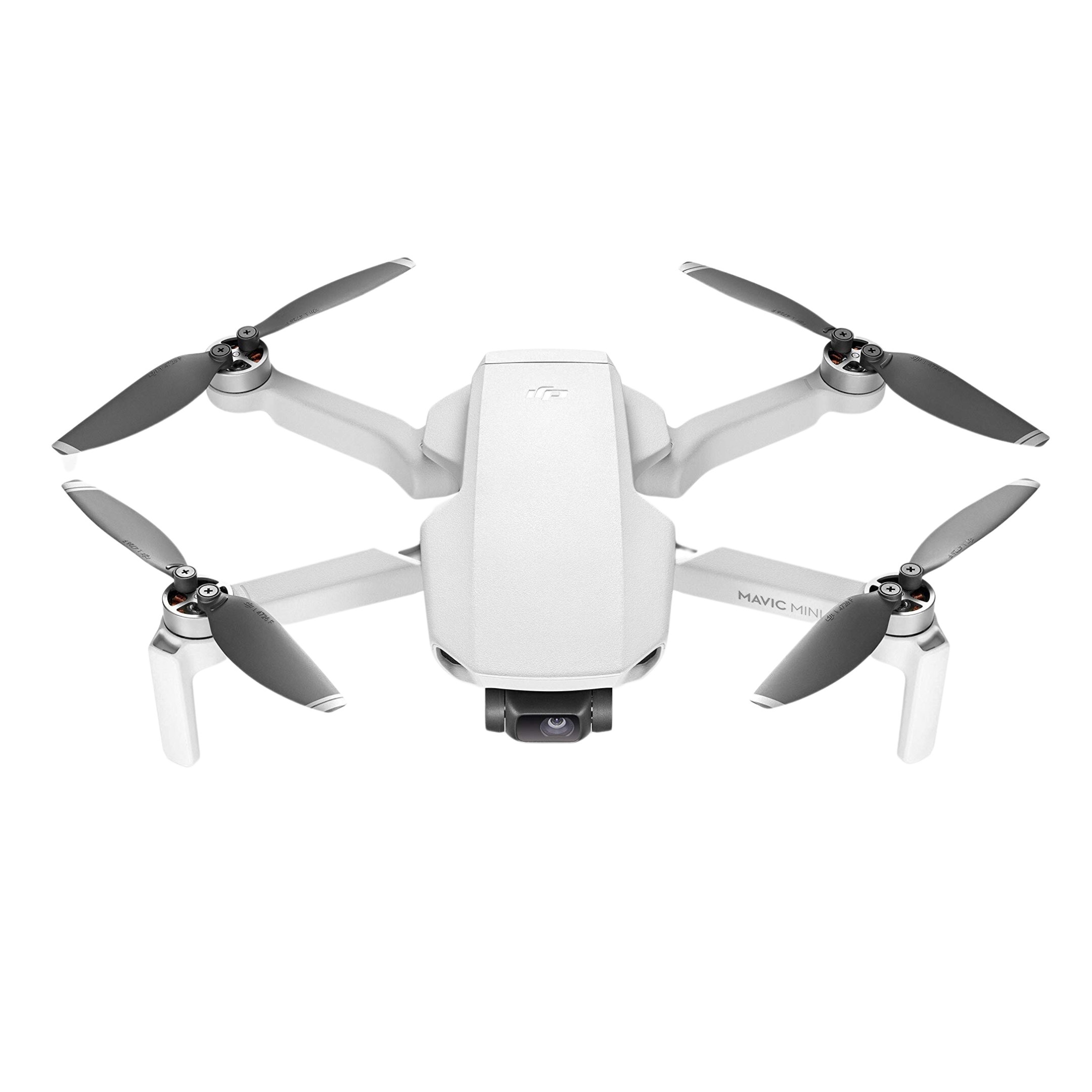
DJI Mavic Mini
Suitable for Casual Users
✓ 3-axis stabilization gimbal camera
✓ 4 Quickshot modes
✓ 12MP 1/2.3-inch sensor
✓ Up to 2.7K30 video resolution
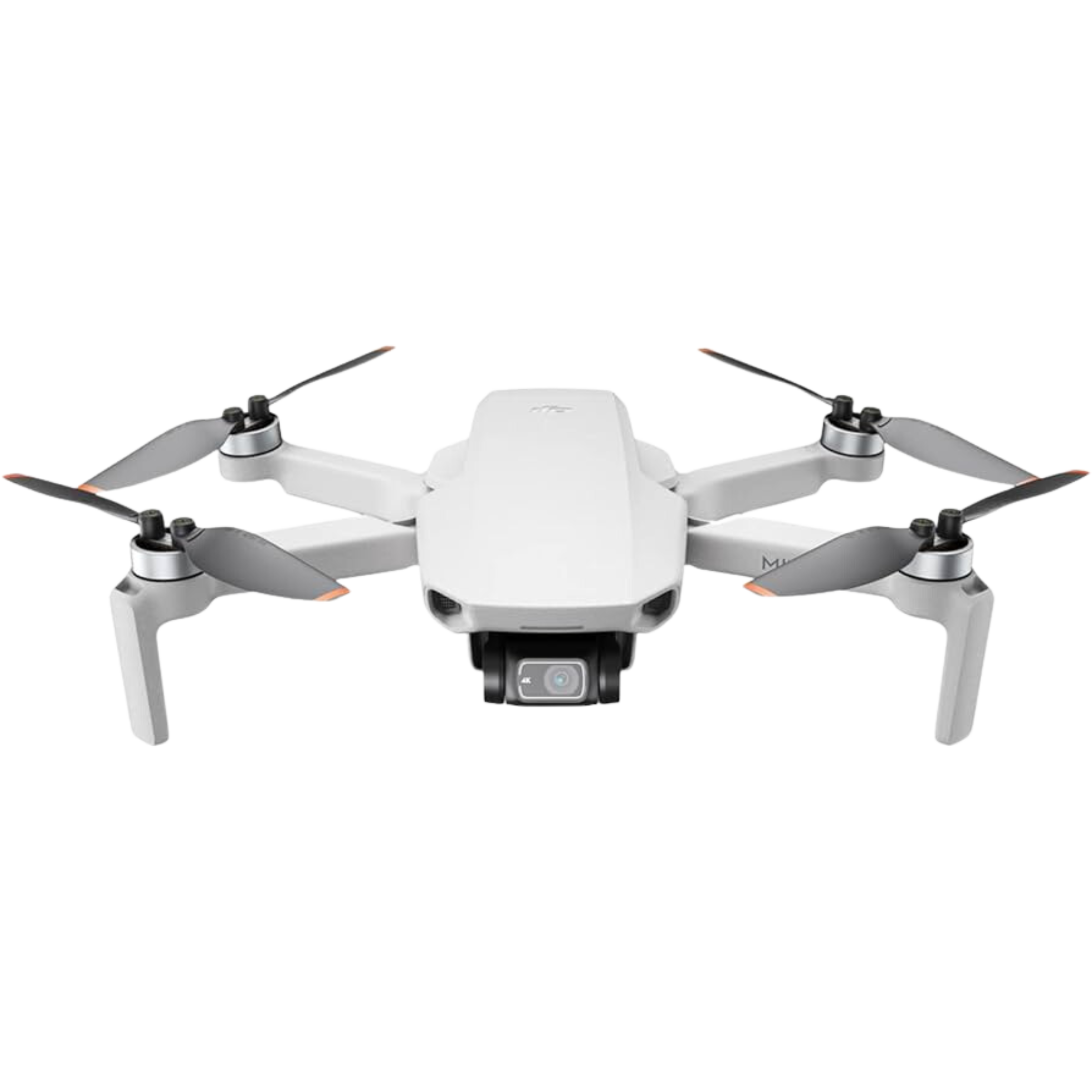
DJI Mini 2
Suitable for Those prioritizing lightweight
✓ 3-axis stabilized camera
✓ 5 QuickShot modes
✓ Up to 360-degree panorama options
✓ 12MP 1/2.3-inch CMOS sensors
#1 Price & Design
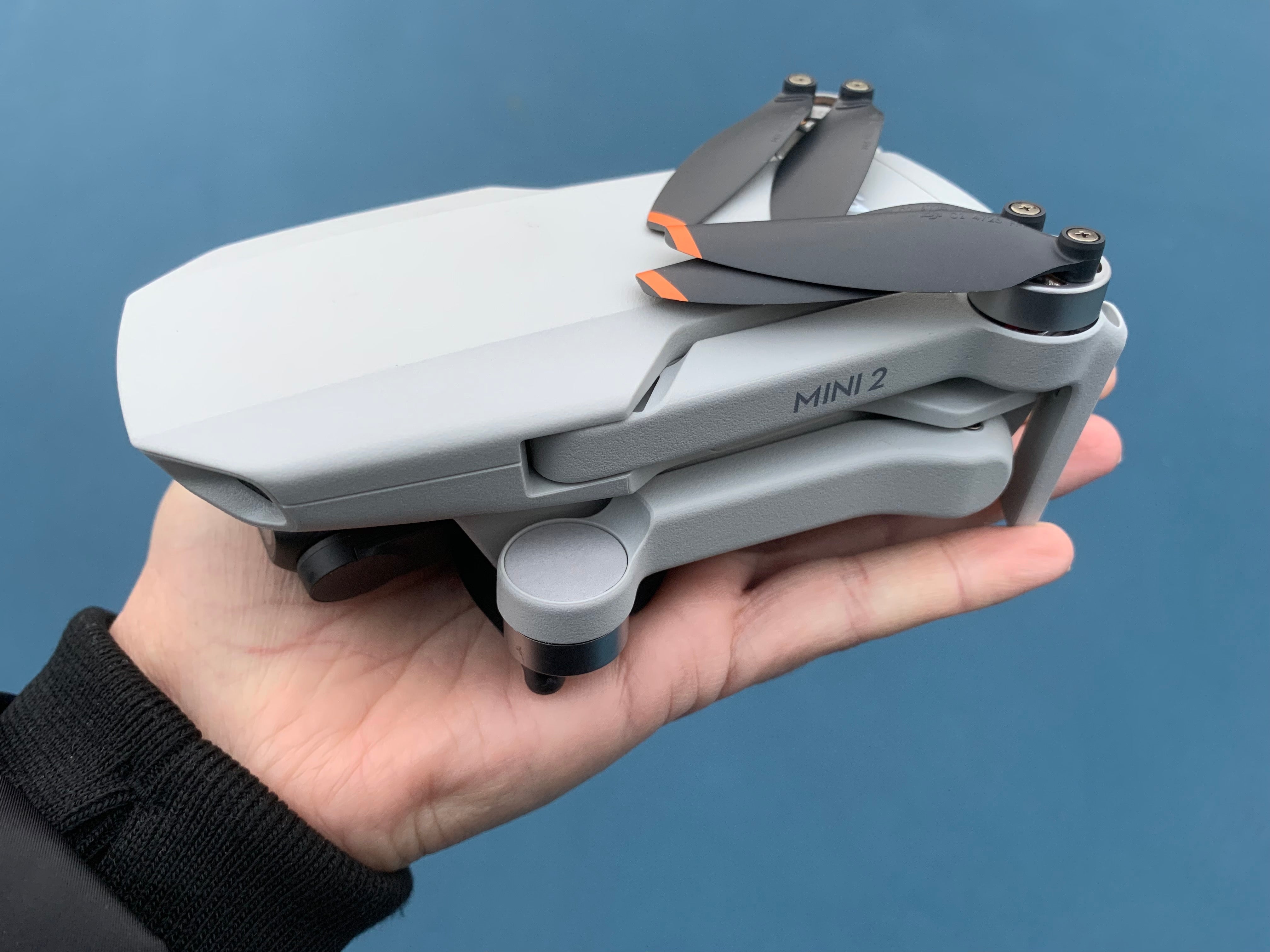
DJI Mavic Air 2
The Mavic Mini is marketed as an entry-level drone, starting at $399 for the base package, which includes the drone, one battery, and the controller, or $499 for the Fly More Combo, which adds two extra batteries, a charging hub, and additional accessories. Its design emphasizes ultra-portability and ease of use, with a collapsible structure that makes it highly compact for travel. Weighing just 250g, it is light enough to not require FAA registration for personal use in many countries. The design is sleek, featuring slender arms and a practical color scheme that appeals to users who need a simple, effective flying tool.
On the flip side, The Mini 2, starting at $449 for the standard package and extending to $559 for a more comprehensive Fly More Combo, builds on the strengths of its predecessor with subtle design tweaks and improved materials that enhance durability without compromising the lightweight attribute. It also weighs under 250g, maintaining the portability and ease of regulatory compliance. The Mini 2 introduces a new controller with an integrated phone holder and an enhanced interface, including a physical slider for flight mode changes, which refines user interaction with the drone.
#2 Features & Performances

DJI Mini 2
Features-wise, the Mavic Mini is equipped with basic sensors that facilitate smooth landings and basic flight functionalities tailored for beginners. The drone connects via WiFi, which is effective up to 60 meters but can extend up to 2.5 miles under optimal conditions. While it lacks obstacle avoidance sensors, it compensates with user-friendly flight modes including Position, Sports, and CineSmooth modes, making it versatile for various shooting conditions. The intuitive DJI Fly app supports this with a clear UI and helpful tutorials, making it accessible for first-time users.
Enhancing the feature set found in the Mavic Mini, the Mini 2 offers improved connection capabilities through enhanced video transmission technology that extends up to 10km, providing more robust control at longer distances. It also retains and improves upon the smart flight modes, including five QuickShot options and three types of panoramas, enhancing its utility for creative filming. The added feature of adjusting the front LED’s RGB spectrum brings a personalized touch that appeals to users looking to customize their flying experience. Moreover, the inclusion of advanced safety features like AirSense makes the Mini 2 safer and more reliable for complex flight environments.
#3 Image & Video Quality
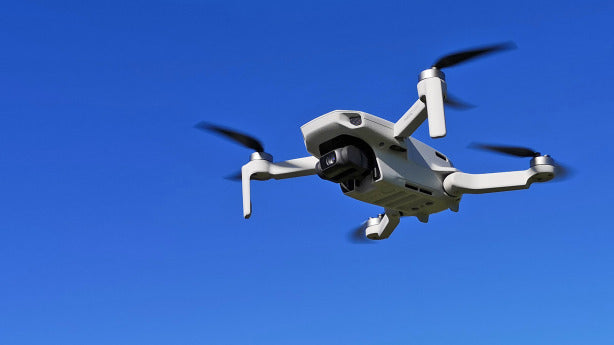
DJI Mavic Air 2
Regarding the image and video quality, the Mavic Mini's camera is equipped with a 1/2.3-inch sensor capable of capturing 12MP photos and shooting video at 2.7K at 30fps. This setup serves well for basic photography and video tasks, offering quality that surpasses typical entry-level drones. It supports shooting in both JPEG and auto exposure bracketing modes, which helps in capturing varied lighting conditions. However, its capabilities in low light are limited, and higher ISO settings might reduce image quality.
Meanwhile, significantly upgrading the camera, the Mini 2 sports the same size sensor but enhances functionality with the capability to shoot 4K video at 30fps and improved photo resolution settings. The camera maintains a fixed f/2.8 aperture but introduces options for manual settings in both photo and video modes, granting advanced users more control over their shots. With digital zoom capabilities and advanced video profiles like 4K and slow-motion at higher frame rates, the Mini 2 is markedly more versatile for serious content creators.
#4 Battery Life
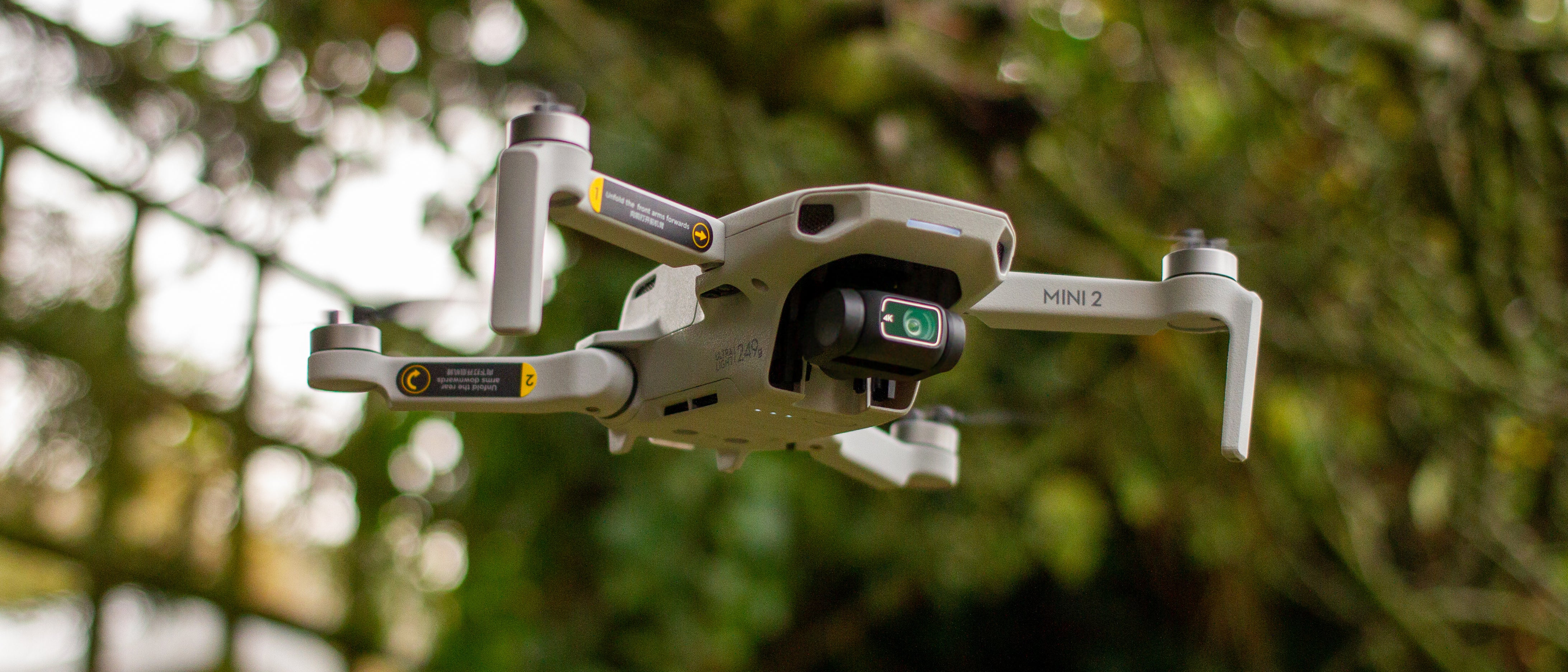
DJI Mini 2
How long the drones can fly is also an important aspect that is worth considering. The Mavic Mini offers up to 30 minutes of flight time with its 2,400mAh battery, which is impressive given its size and capabilities. This allows users ample time to experiment with different shots and locations on a single charge, making it ideal for casual outings and simple video projects.
The Mini 2 matches its predecessor in battery performance, providing up to 30 minutes of flight time with a slightly larger 2,250mAh battery. The enhanced power management and performance efficiency ensure that users can maximize their flight sessions, particularly when shooting in demanding video modes like 4K.
DJI Mavic Mini vs DJI Mini 2
Final Thoughts
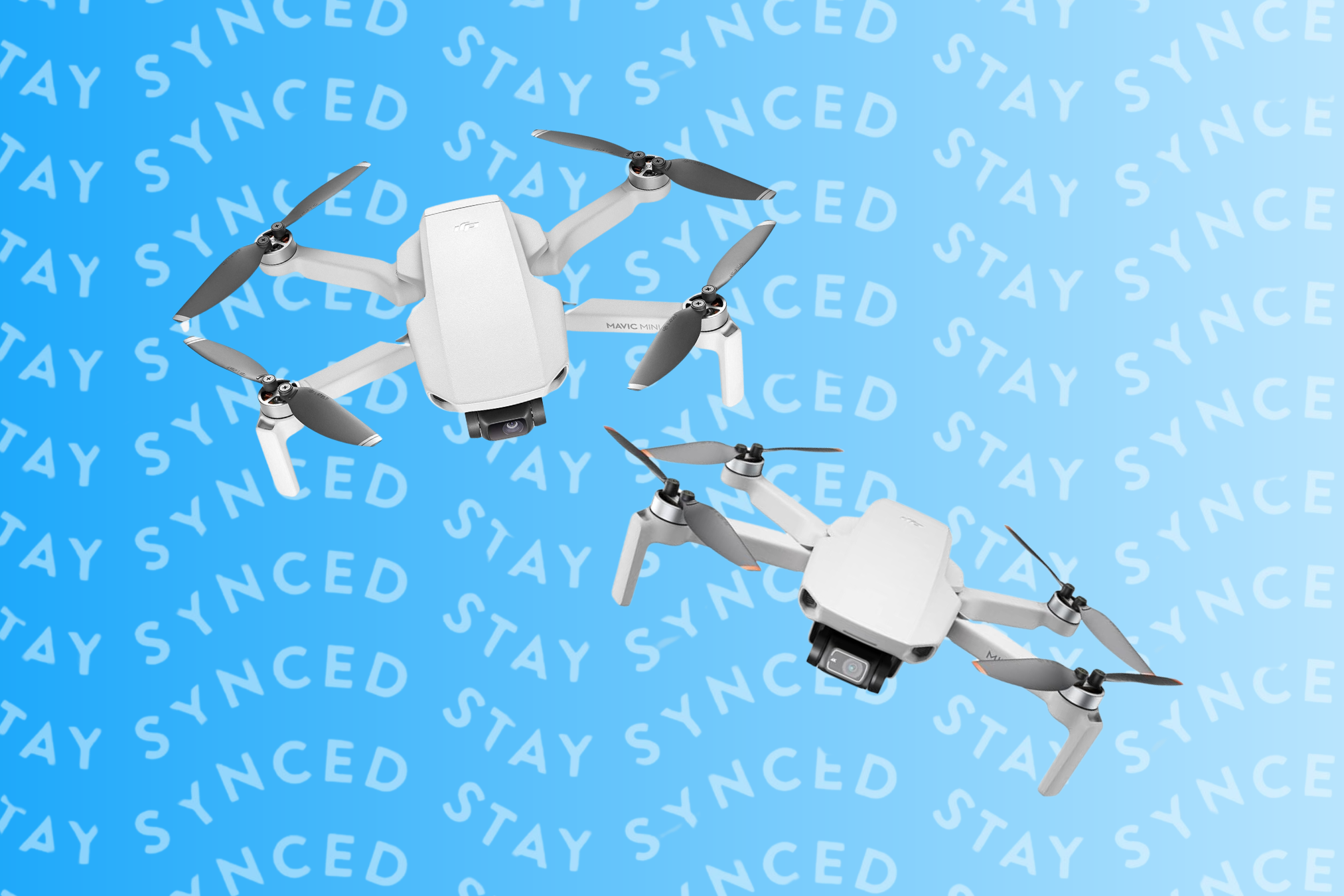
DJI Mavic Mini vs DJI Mini 2
Choosing between the DJI Mavic Mini and the DJI Mini 2 should hinge on your specific needs and expectations from a mini drone. If you are new to drone flying or need a simple, effective tool for casual photography, the Mavic Mini provides great value. However, if you seek enhanced performance, better connectivity, and professional-grade video capabilities in a compact form, the Mini 2 is undoubtedly the better choice. Both drones offer excellent portability and ease of use, making them top contenders for anyone looking to explore the world of aerial photography without the bulk and complexity of larger drones.
If you like to read more about Drone Camera, check out our other relevant guides here:
DJI Mini 4 Pro vs DJI Air 3: Which Drone is the Best for You?
The Best Drones for 2024
Don't miss out on tech
Subscribe to our newsletter to stay up to date on the latest tech trends and guides on the best gadgets around.


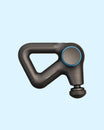
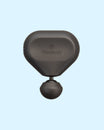

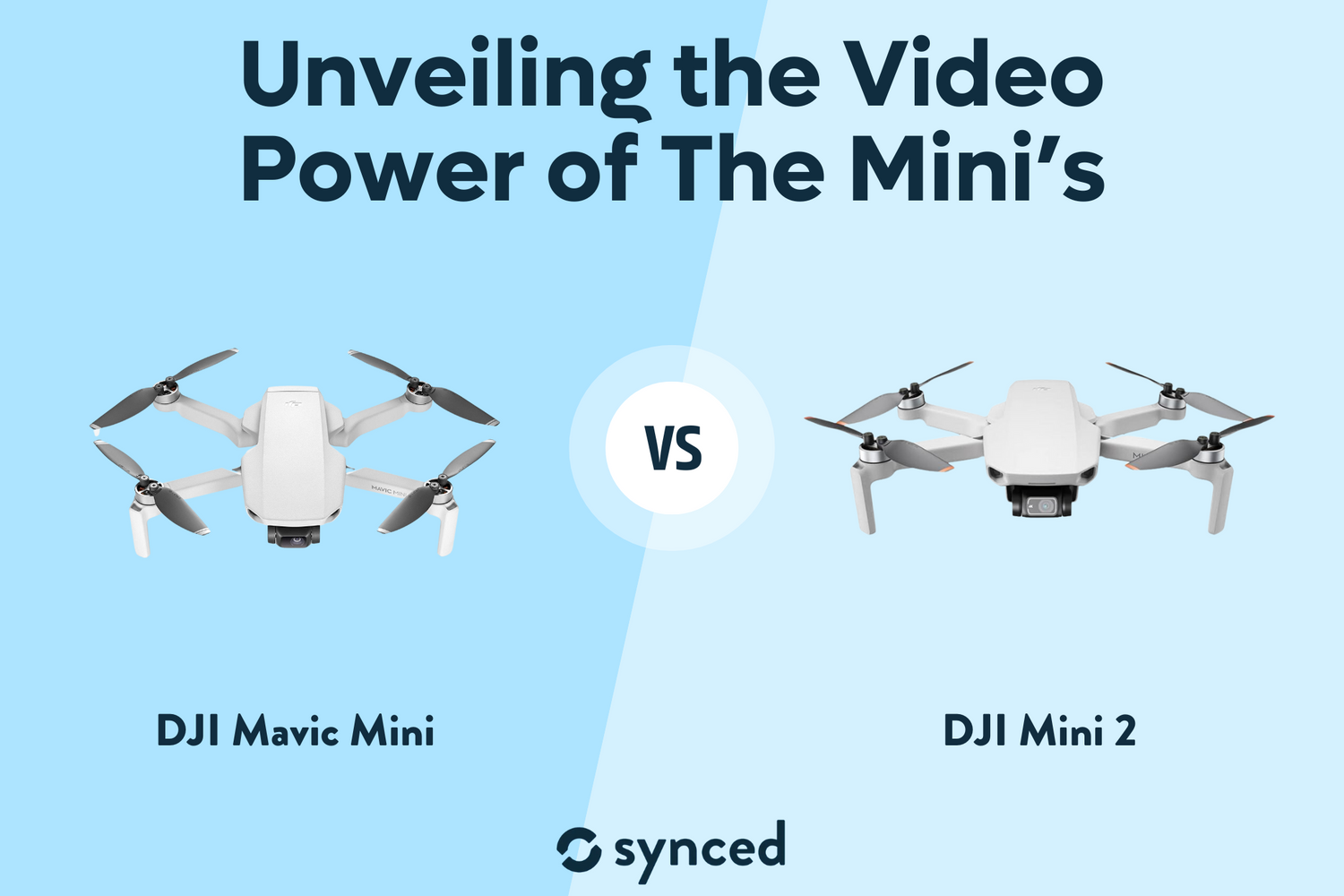
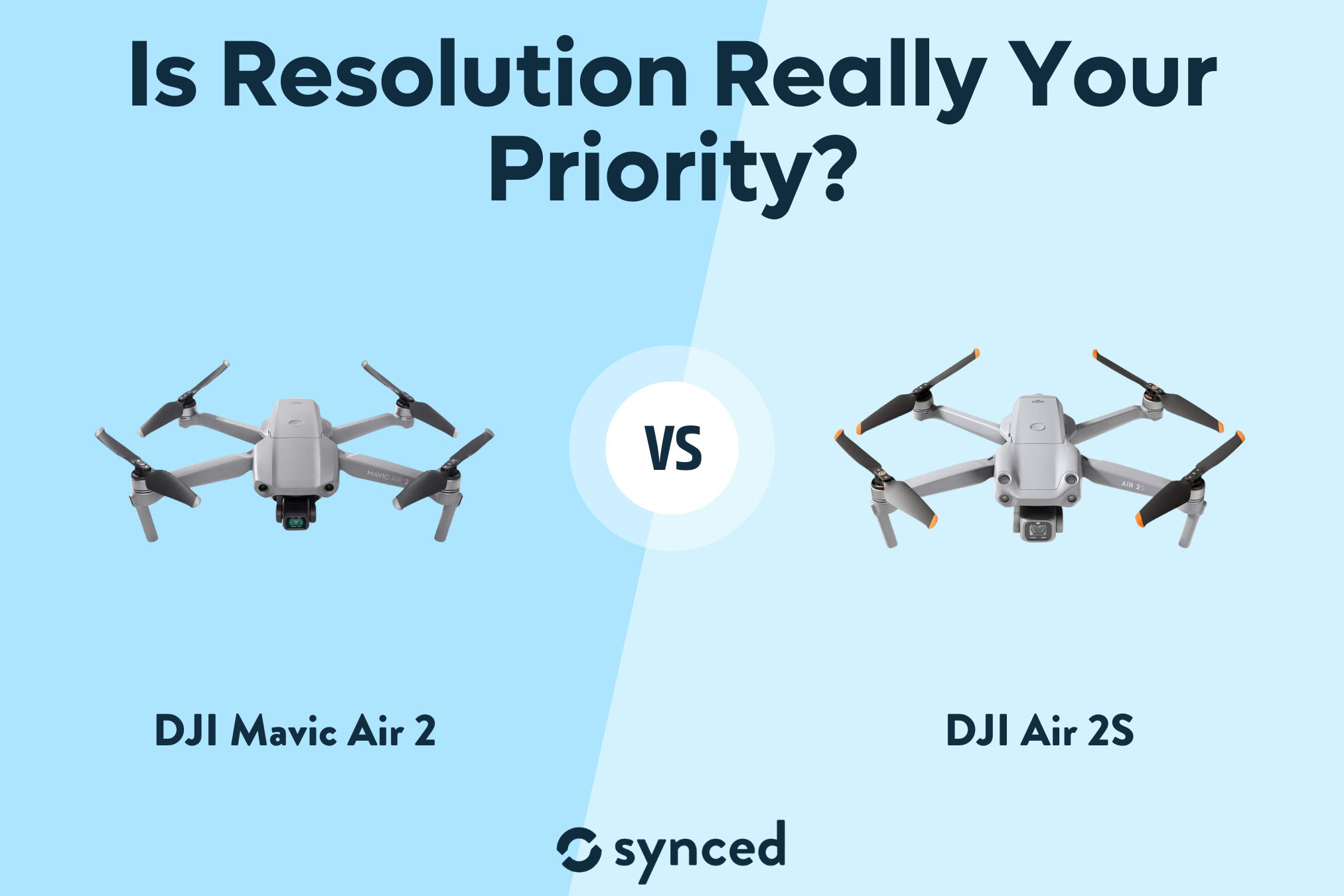
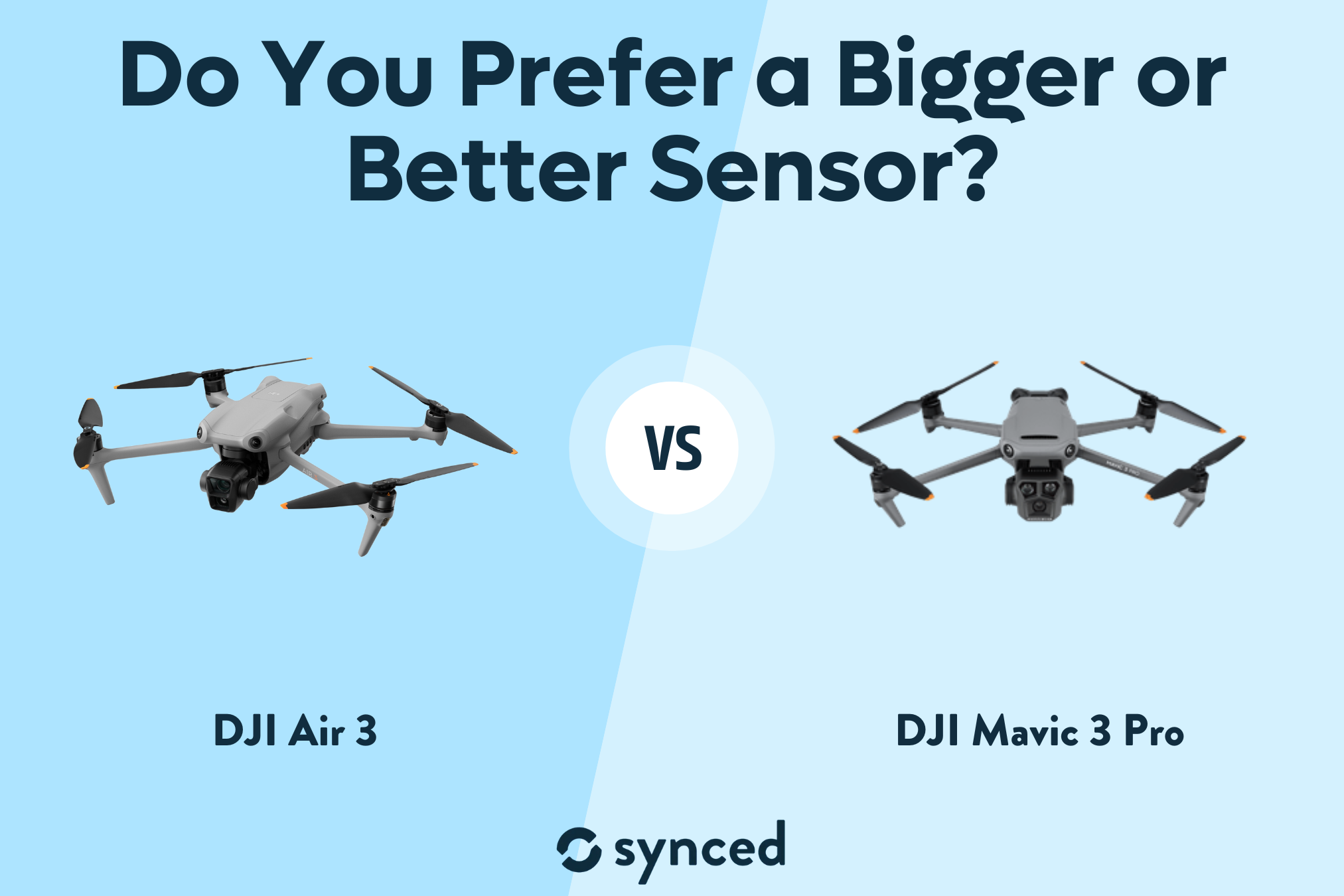
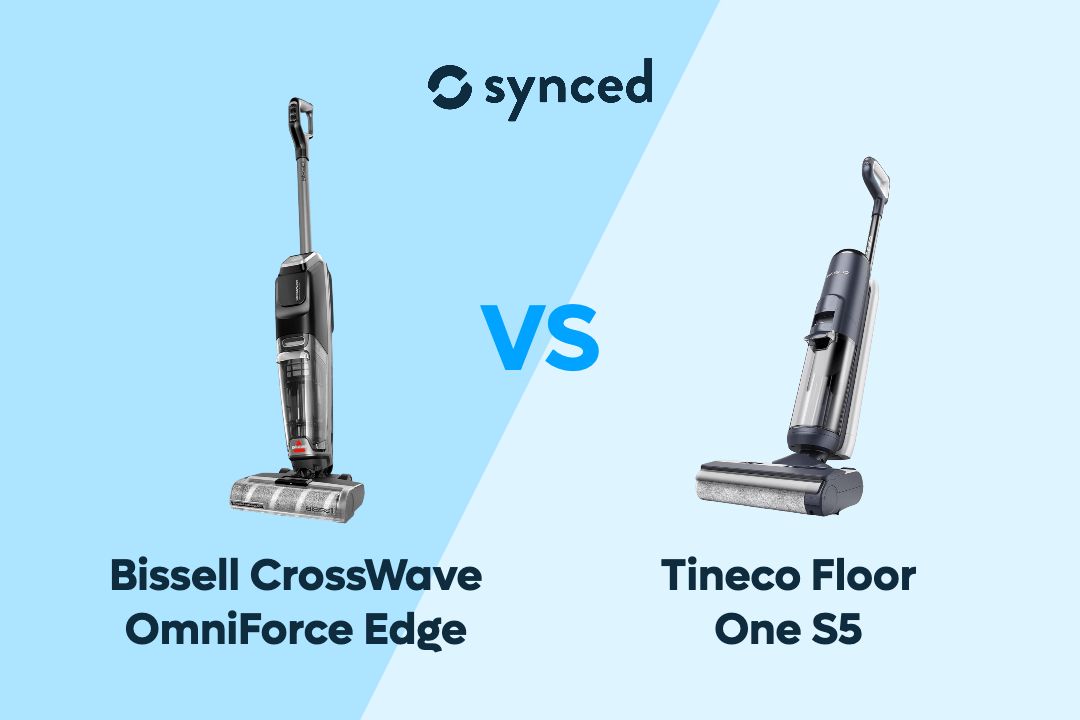
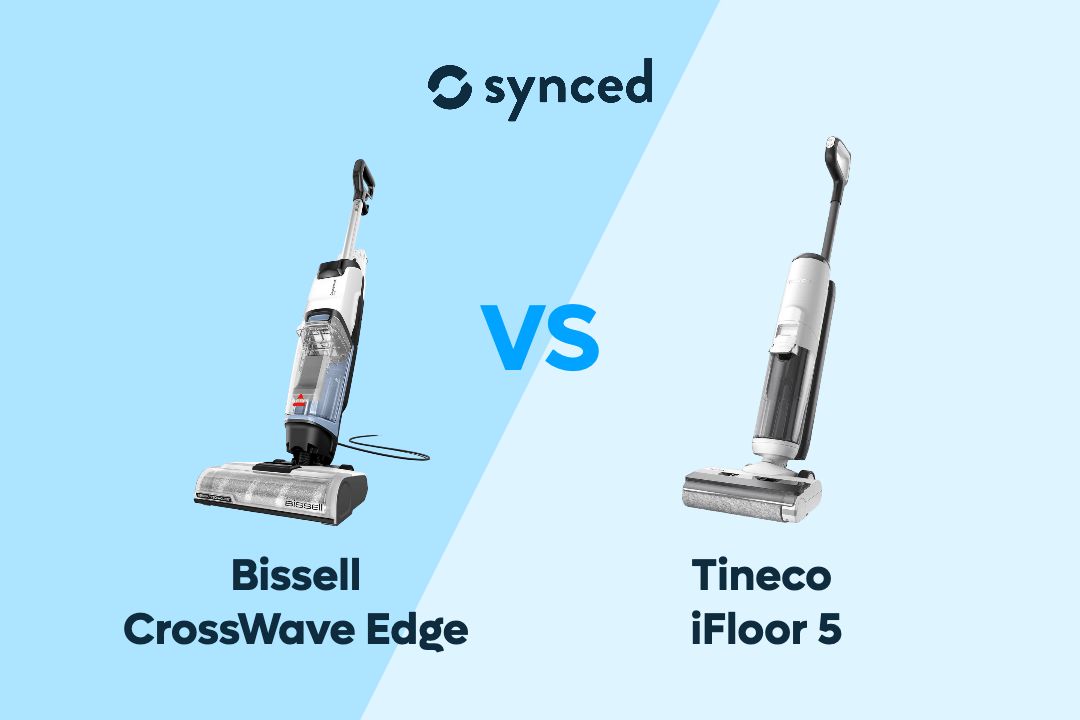
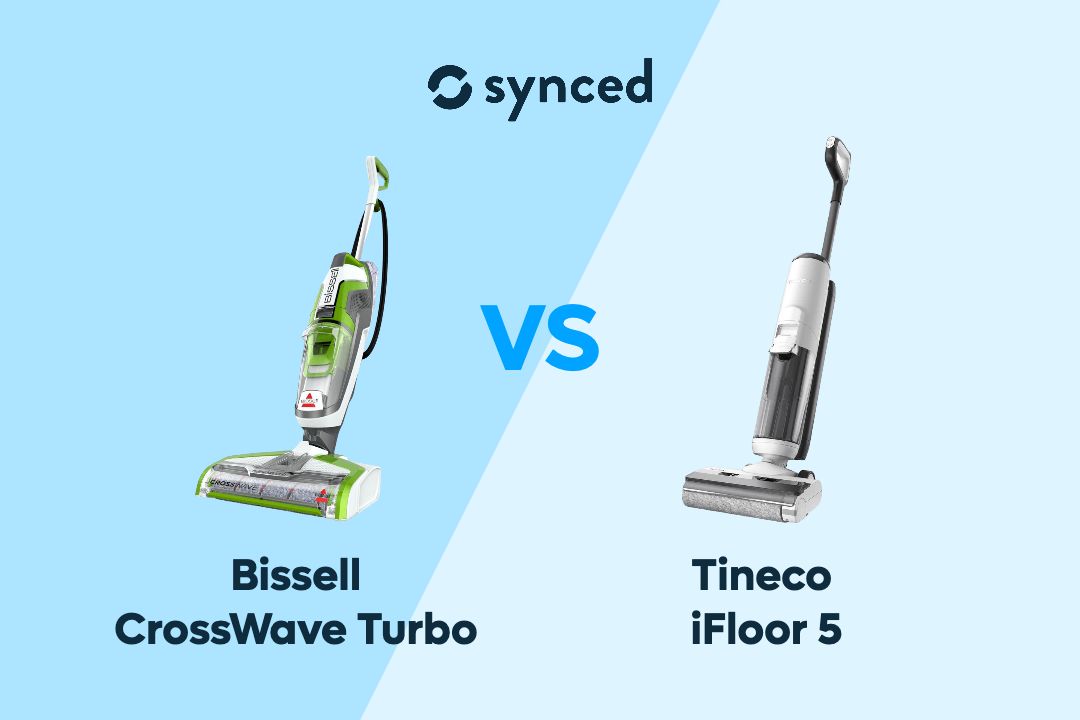
Leave a comment
This site is protected by hCaptcha and the hCaptcha Privacy Policy and Terms of Service apply.